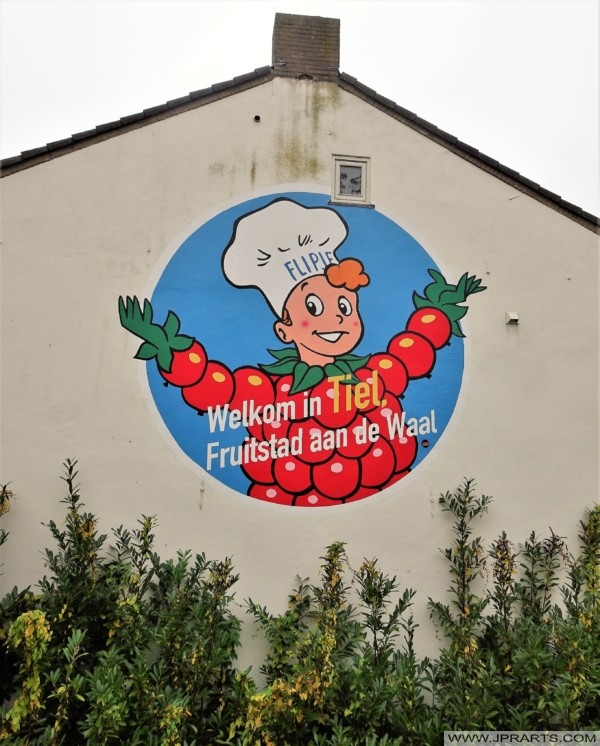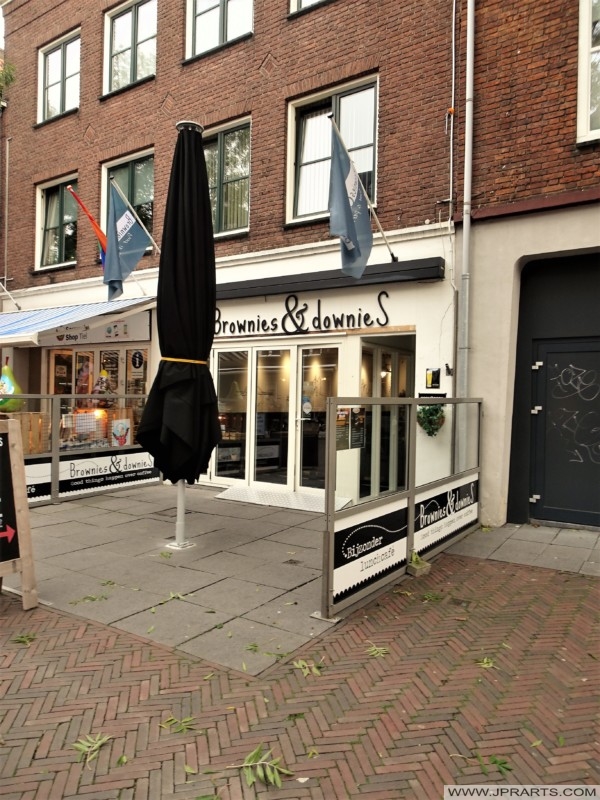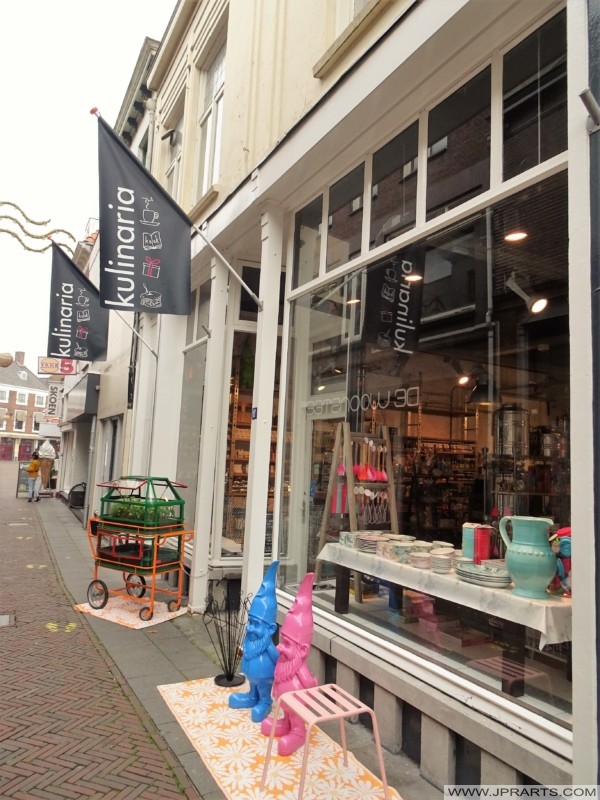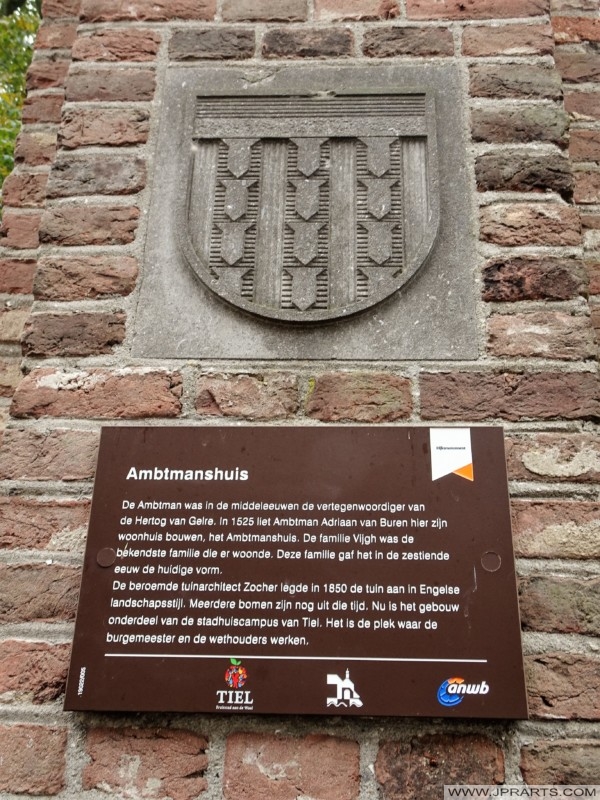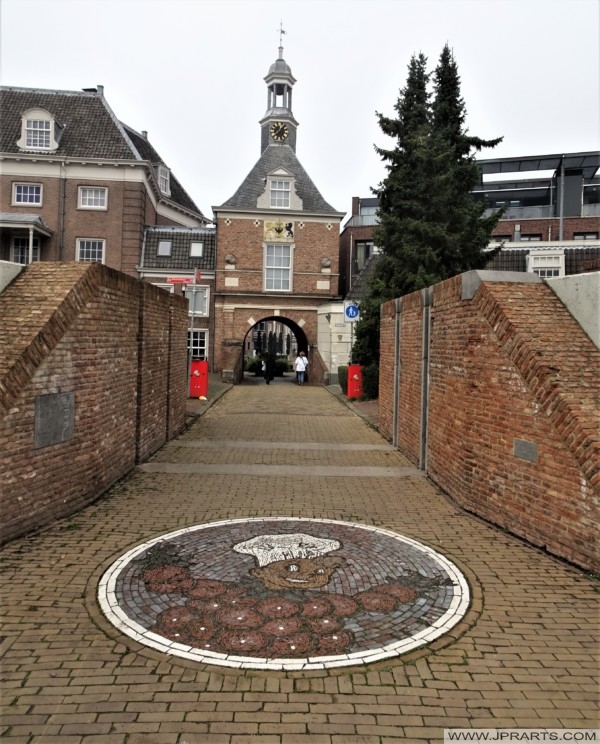A large part of the Dutch city of Tiel was destroyed in WWII. The entire city center of Tiel was rebuilt in 20 years. Especially in the historic city center (within the canals) the street scene has been frequently supplemented with various reconstruction architecture. The basic plan for the reconstruction of Tiel was based on the existing urban structure of the historic city. The only change in the structure is the construction of Damstraat. This created a direct connection between the Markt and the Westluidensepoort.
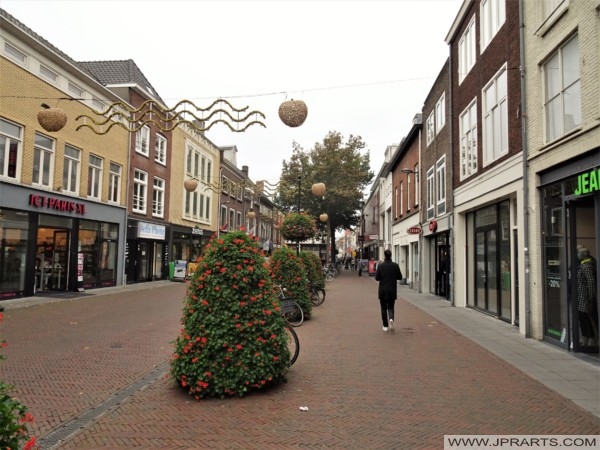
Streets in Tiel, The Netherlands
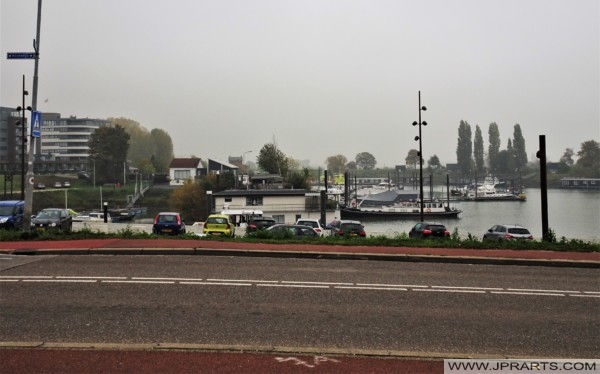
Calles de Tiel, Países Bajos
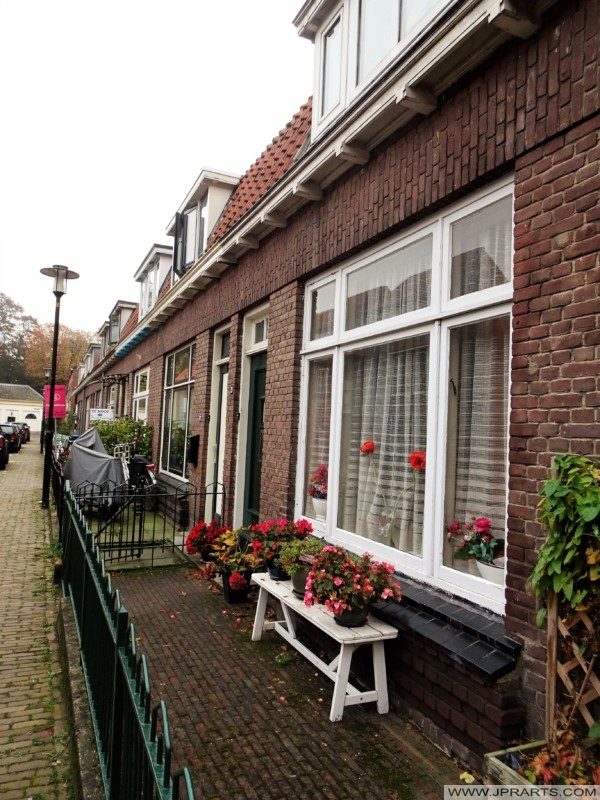
Straßen in Tiel, Niederlande
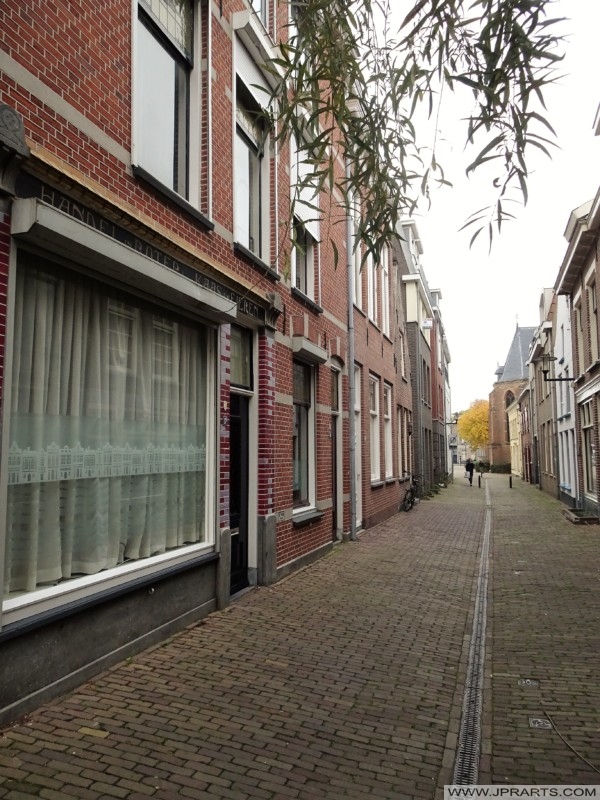
荷兰蒂尔的街道
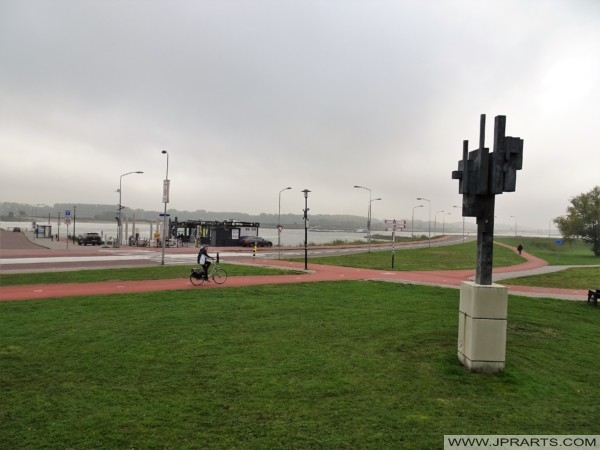
Although the location of the streets has been preserved, some streets have been widened and squares enlarged. This was done to make the center more accessible to car traffic and to get more urban allure. A good example of widening a street can be seen in the Waterstraat.
In the early days of the Tiel reconstruction, the building was mainly traditionally built with influences from the “Delft School” or classicalism. Many small buildings from this period are recognizable by simple brick architecture with tiled roofs (Delft School). Façades were refined with historical elements such as bell, neck or frame gables with balustrades (classicism). Entrances were also emphasized and accents in natural stone or ironwork were added.
Rues de Tiel, Pays-Bas
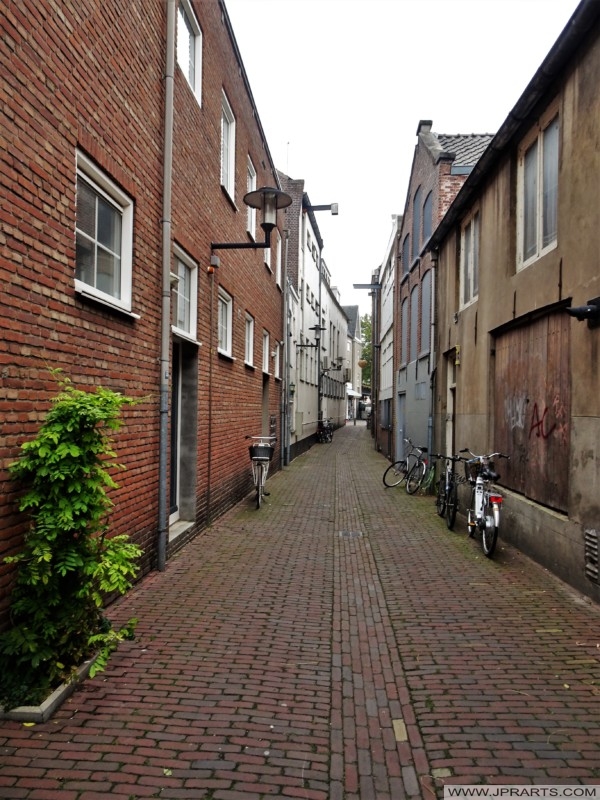
Улицы в Тиле, Нидерланды
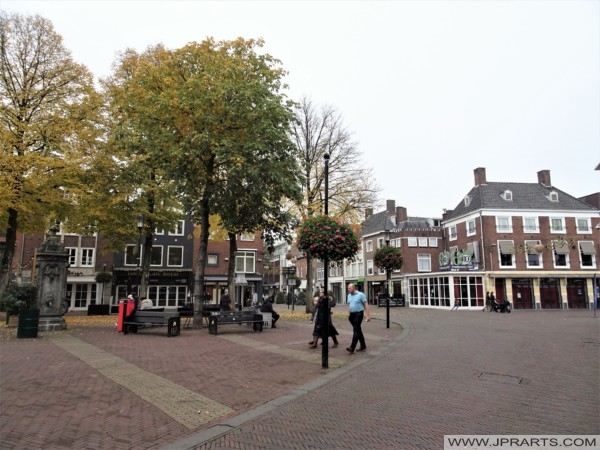
Strade a Tiel, Paesi Bassi
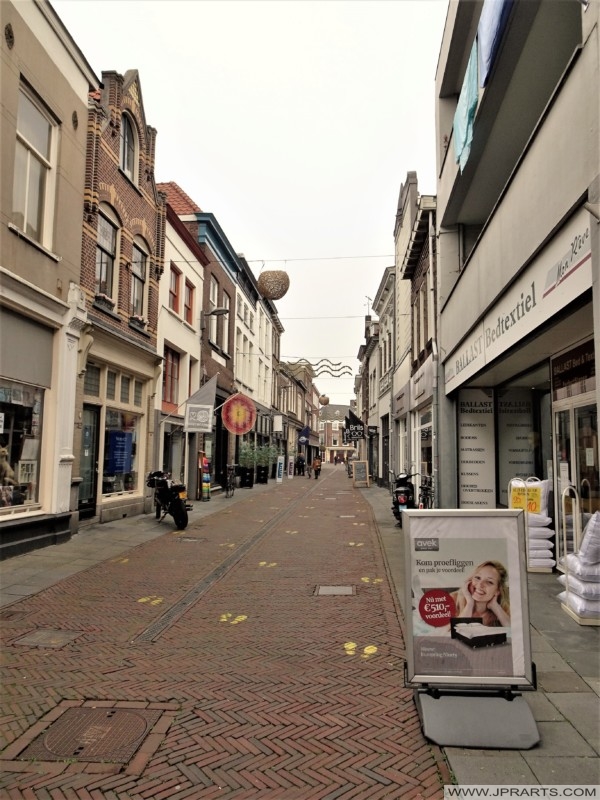
In the 1950s, with the availability of more materials such as glass, steel and concrete, the “shake-hands” architecture was introduced. The traditionalist features already used were combined with these modern materials. These were mainly used to decorate facades, such as steel frames around windows and concrete eaves. Around 1955, due to new industrial production methods, slender concrete structures, flat roofs and large windows in the facades became possible. This also made a modernist, business-like architectural style visible in the city center.
Tiel is one of the few municipalities that recognized the importance of the construction period after the war early on. The municipality is a forerunner in the Netherlands with a focused monument policy for reconstruction architecture
Straten in Tiel, Nederland
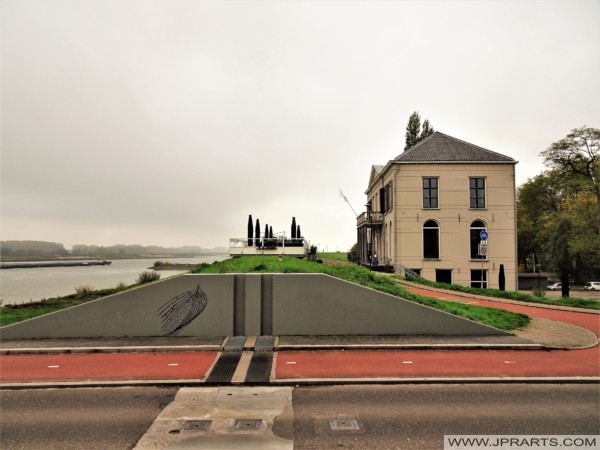
شوارع في تيل ، هولندا
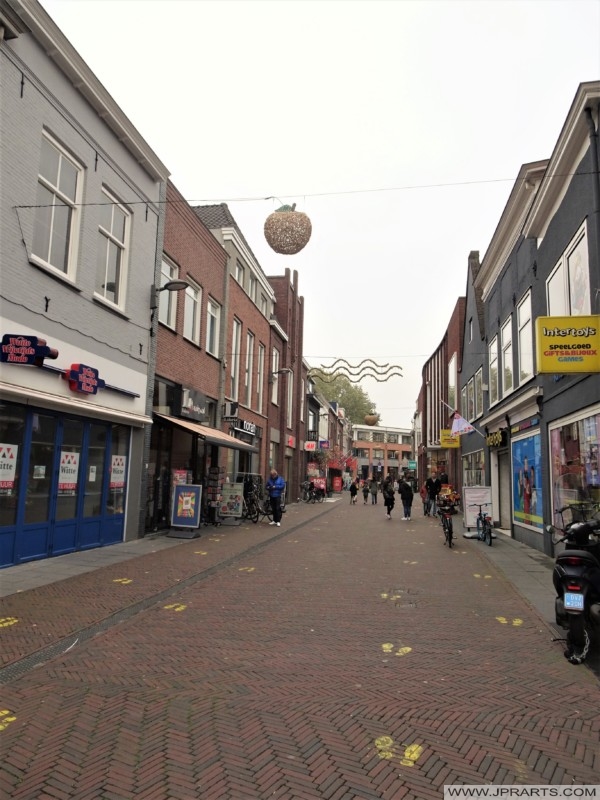
Ulice w Tiel w Holandii
Visit Netherlands Travel to Book Flights and Hotels Cheap Online
Click Here for More Stock Photos and Videos



